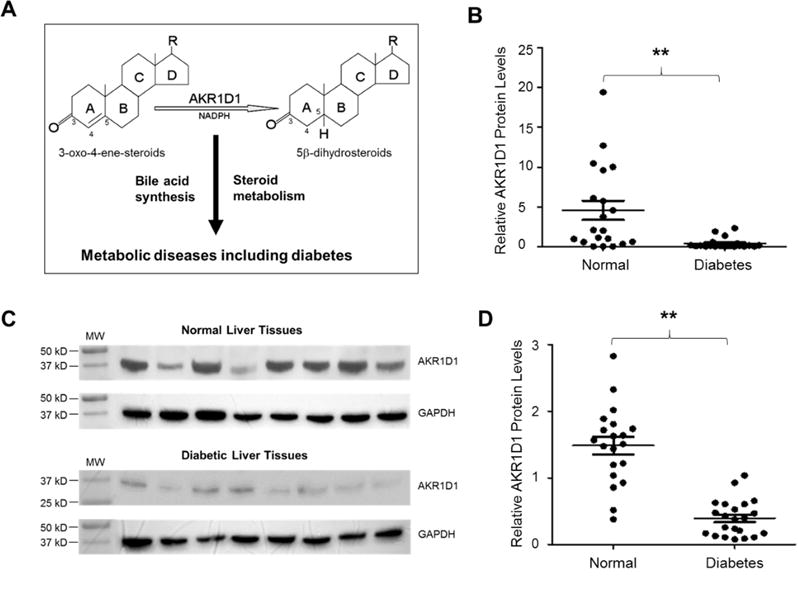Fig. 1. AKR1D1 expression was markedly repressed in diabetic patients.

(A) AKR1D1 catalyzes the reduction of molecules with a 3-oxo-4-ene structure in the presence of nicotinamide adenine dinucleotide phosphate (NADPH) as a hydride donor and involved in bile acid synthesis and steroid hormone metabolism, both of which have been implicated in metabolic diseases and diabetes. (B) Hepatic expression levels of AKR1D1 mRNA were quantified by TaqMan real-time PCR in diabetic patients (n=22) and normal control subjects (n=20). The expression levels of GAPDH mRNA were used to normalize AKR1D1 expression. (C) representative Western blots showing the protein expression of AKR1D1 and GAPDH in diabetic and control subjects. (D) quantification of AKR1D1 protein levels on Western blots normalized by the protein levels of GAPDH. The means and standard errors of the group values were indicated by the long and short lines, respectively. ** p<0.01 with Student’s t-test.
